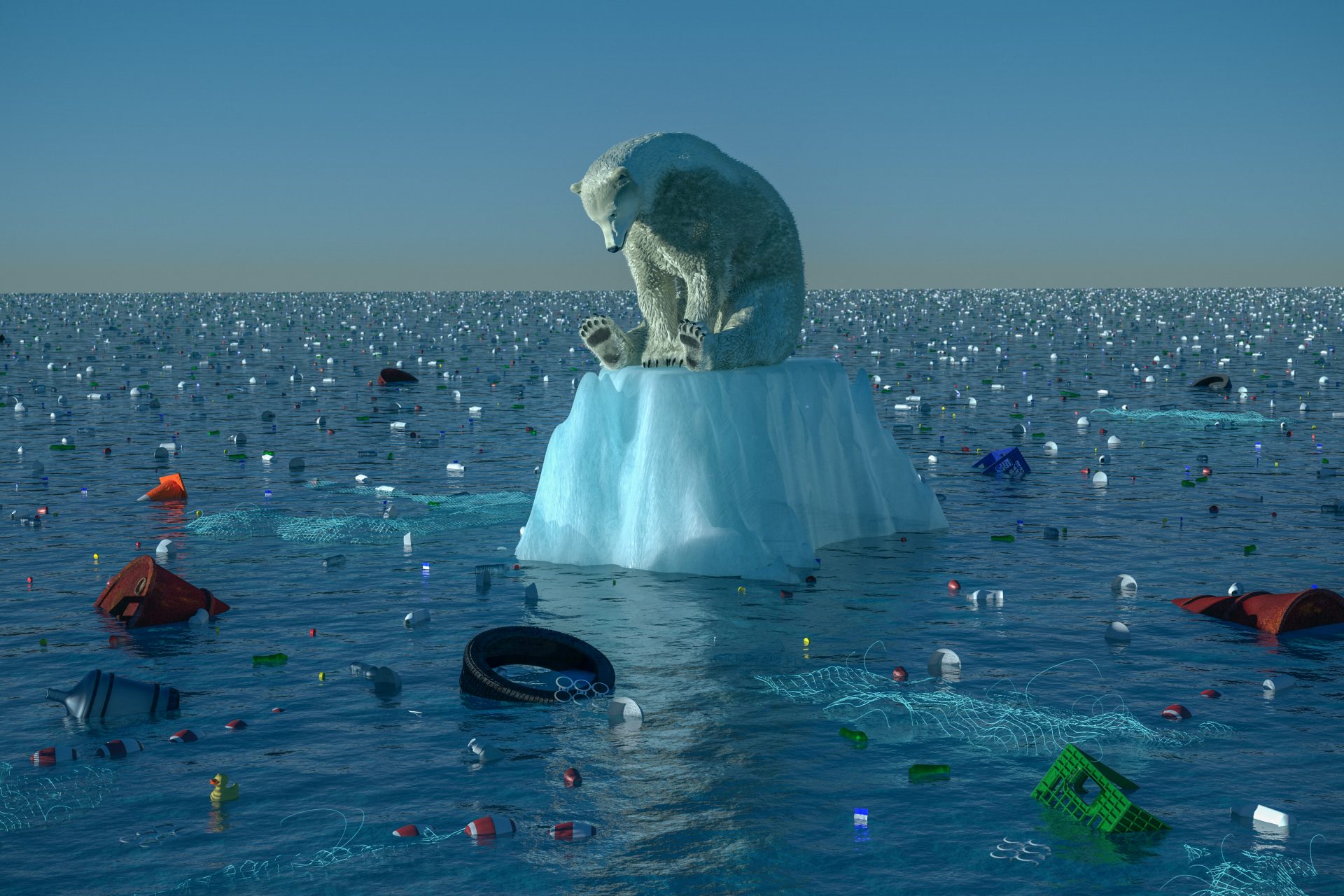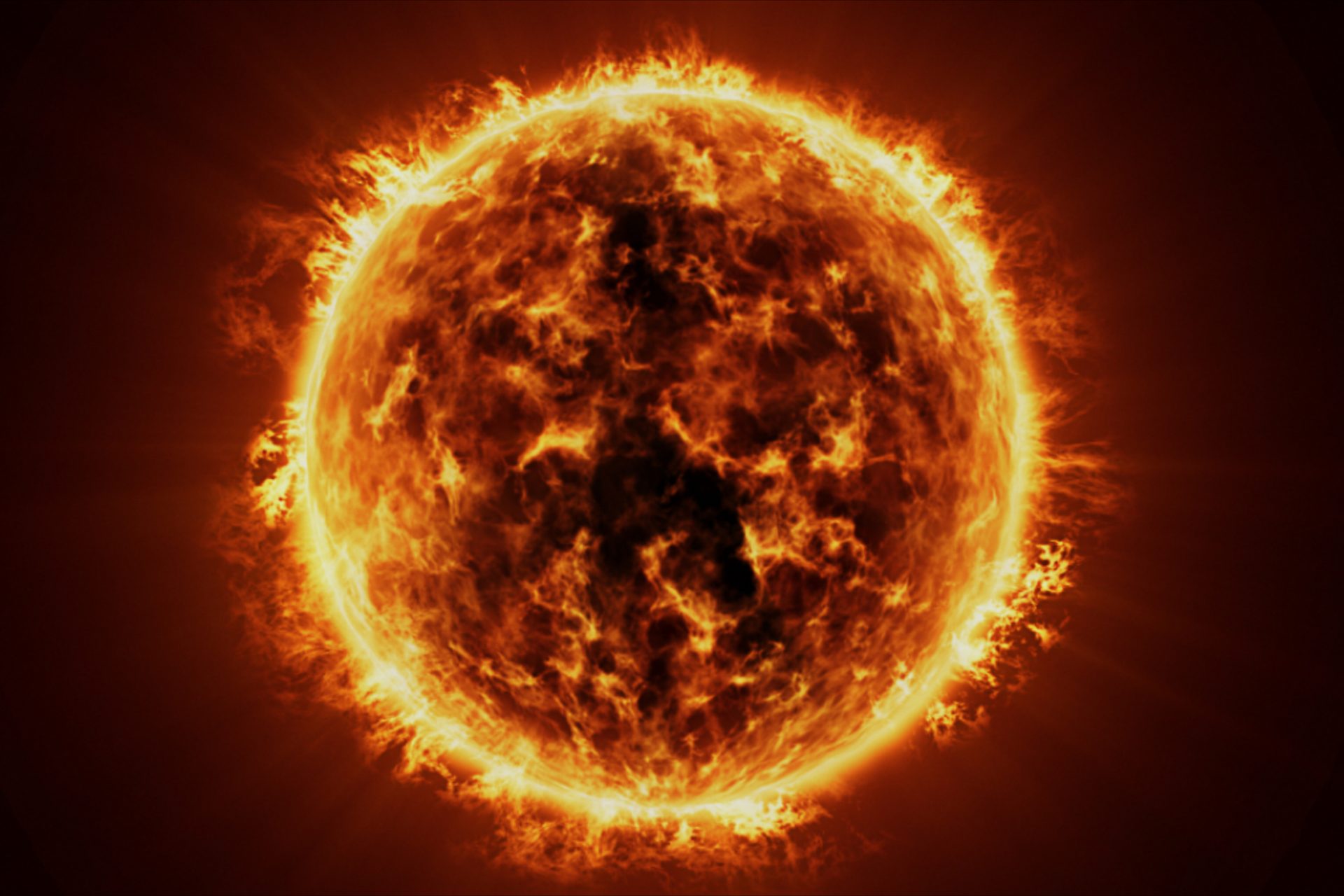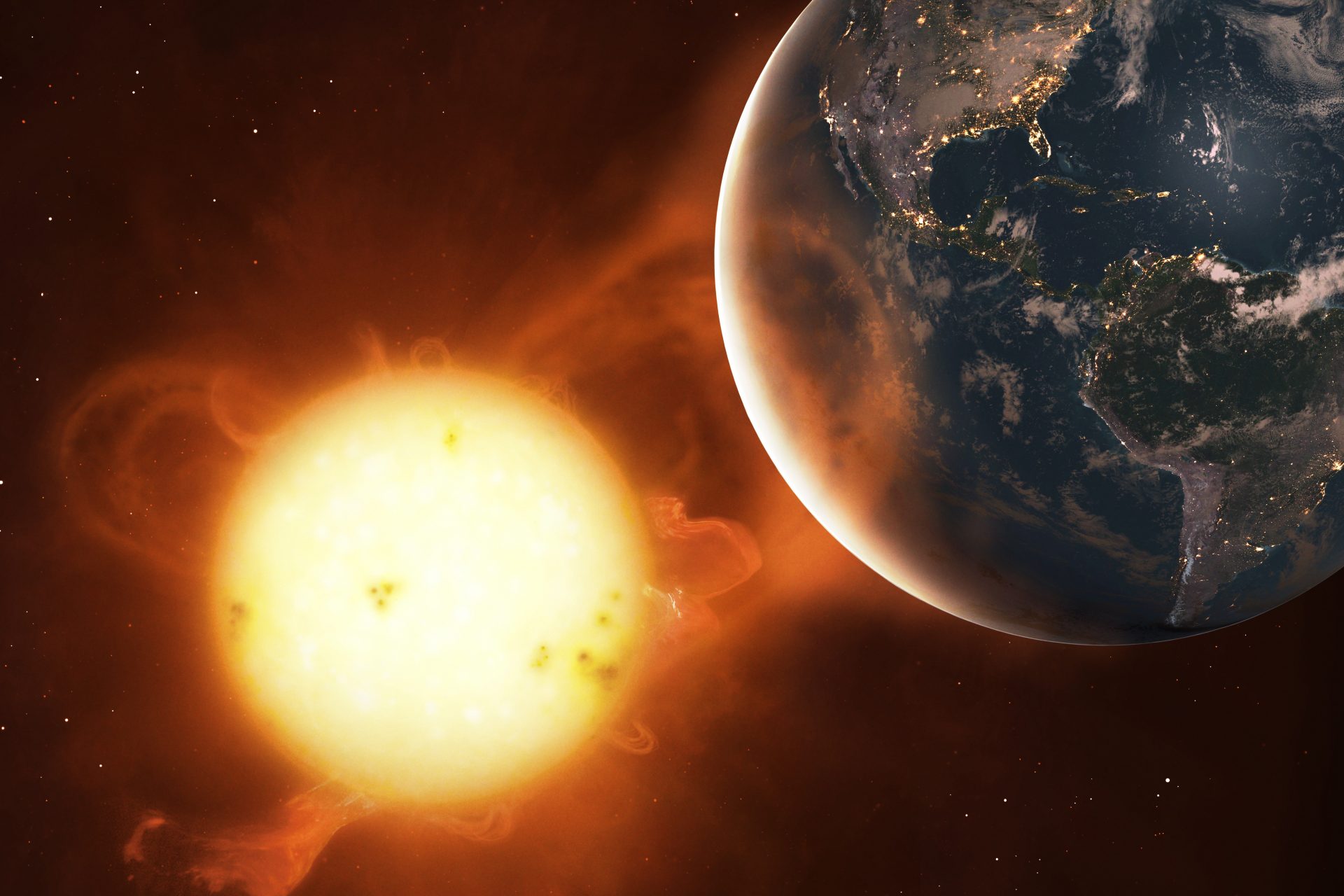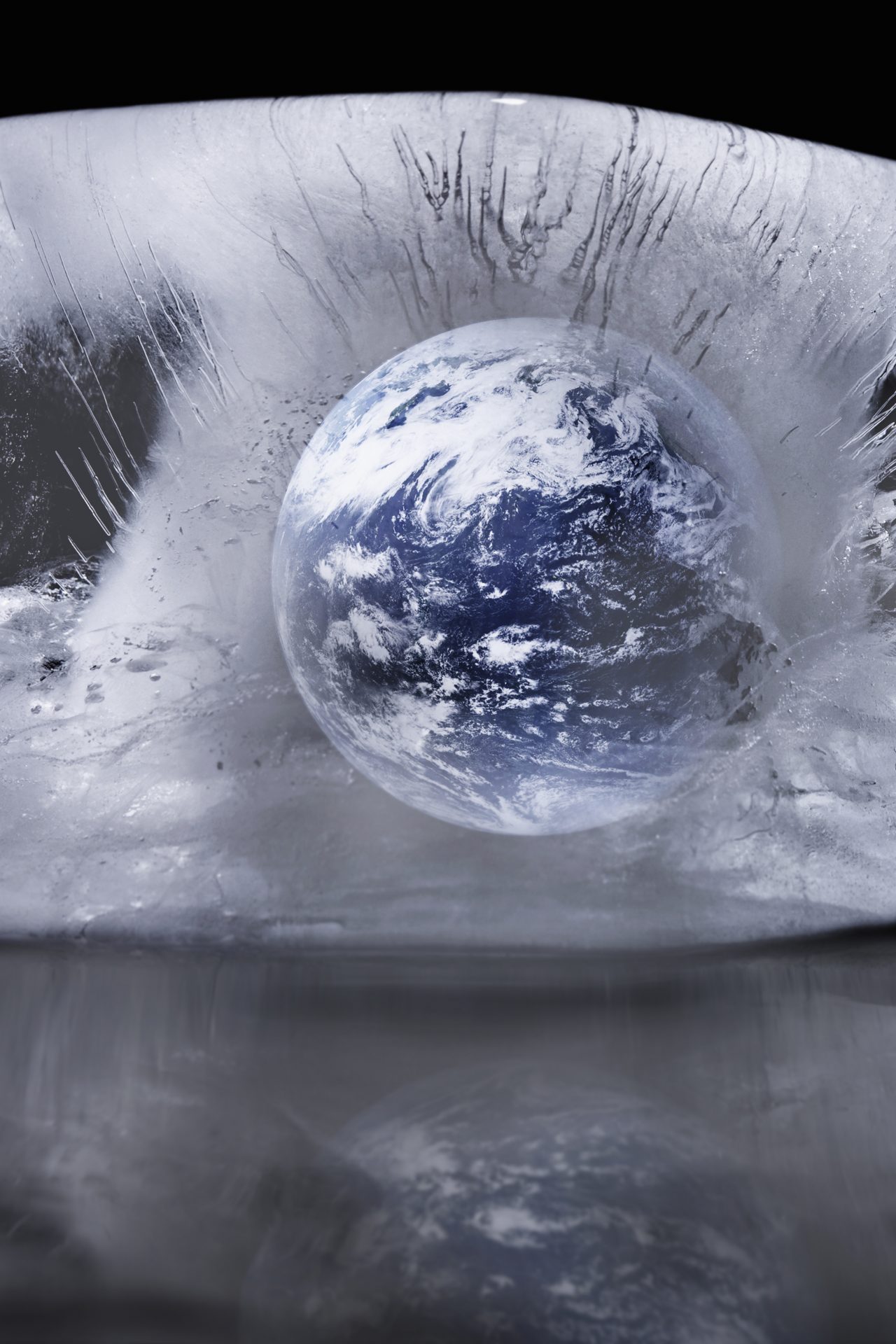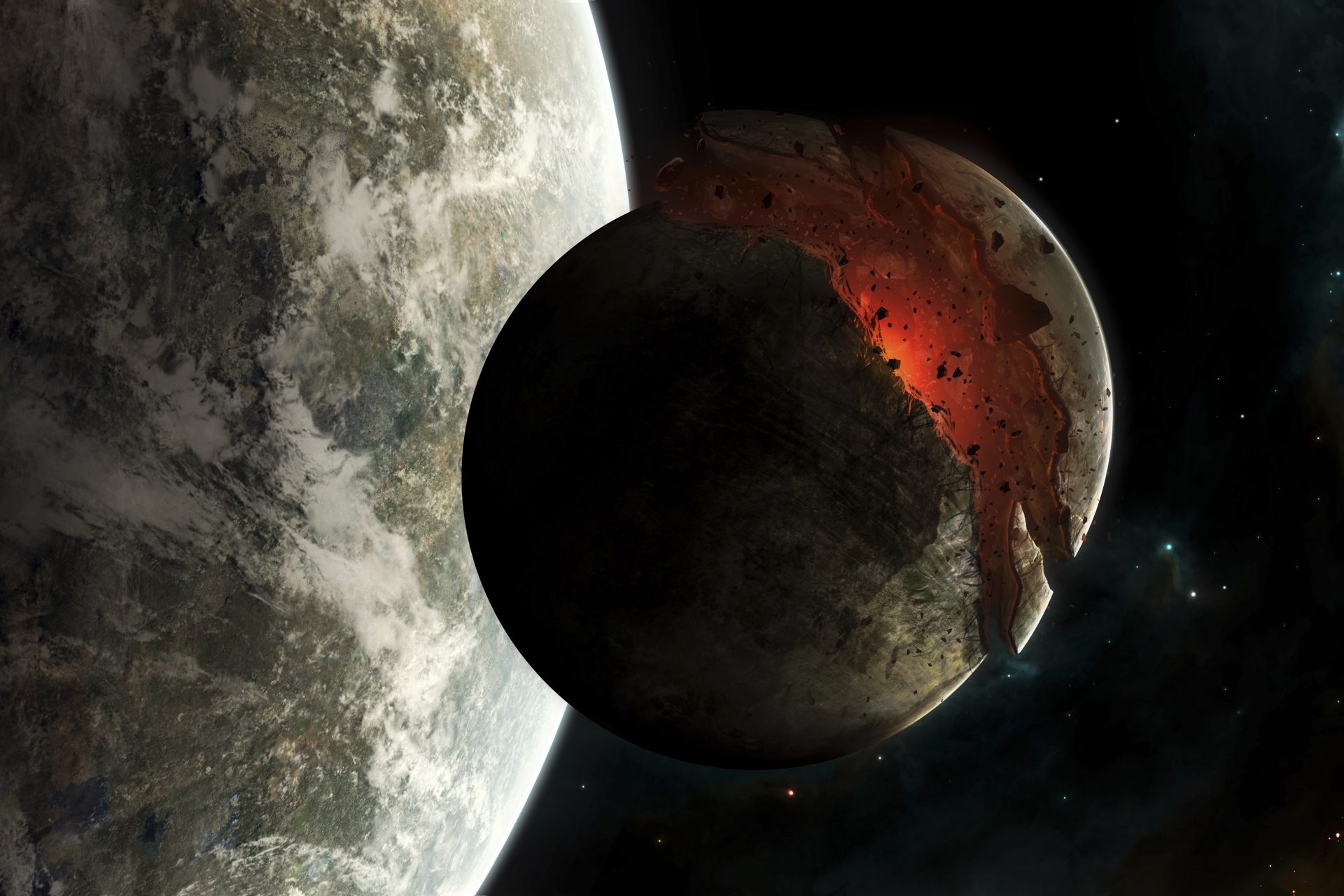When will the world end? Scientists explain latest theories
Nothing lasts forever. The finite lifespan of all beings and objects is a fundamental reality of life. Endings, as natural occurrences, do not always require dramatic emphasis. Yet, the question arises concerning our planet Earth: when will it reach its end? How much longer will humans reside on this little blue dot we call home?
One potential cause of human extinction is the long-term effects of global warming, which has been ongoing for years. However, even without human-induced climate change, the sun's increasing radiation will ultimately lead to our demise. A 2014 article in Science outlines two models for calculating this countdown: one is more pessimistic than the other.
Researchers from Pennsylvania State University, led by scientist Ravi Kopparapu, conducted calculations applying a 6% increase in solar radiation. Their findings suggest that in 150 million years, only underwater life and some resilient microbes will remain viable. In other words, our species may be extinct in 150 million years.
The "Kopparapu model" posits that if temperatures on Earth continue to rise that it will take around 600 to 700 million years for our time on Earth to end. t
Image: Matt Palmer/Unsplash
Fortunately some a have a more optimistic view. According to Science, Eric Wolf and Owen Brian Toon made a 3D model at the National Center for Atmospheric Research, including much more precise variables.
Wolf and Toon concluded that we actually have 1.5 billion years left. Of course, the habitable territory for human beings, in a few million years, would be limited to a strip around the poles.
Between the two models is the figure that is always mentioned: one billion years is what we have left of life on planet Earth...so long as we don't hasten our extinction.
It's true that the sun naturally heats up as a star, increasing its radiation over time. However, human activities, such as the destruction of the ozone layer, have accelerated climate change by causing desertification and other environmental disasters, making survival even more challenging.
However, the true, big finale, the end of Earth will come much later. Experts say that in around four billion years, the sun will go out forever.
The sun, like other stars, will gradually evolve over time, becoming larger and cooler until it transforms into what is known as a "red giant."
The sun was born just over 4 billion years ago (at most 5 billion years ago) and is currently in the middle of its lifespan.
When the sun evolves into a "red giant," one potential outcome is that it will expand and engulf the Earth, absorbing it into its interior.
Indeed, according to a fascinating scenario described on Wikipedia, when the sun becomes a "red giant," Earth may not be absorbed but face a dramatic transformation. During this phase, the sun's powerful solar wind could strip away almost all of Earth's atmosphere. The planet's surface might be covered by an ocean of magma, with continents of metals, metal oxides, and refractory material icebergs floating on it.
According to the Wikipedia entry on the 'End of the Earth', another possibility is suggested: as Earth's surface becomes a lifeless magma, the moon could potentially explode into thousands of pieces, forming a structure reminiscent of Saturn's rings.
Image: Sanni Sahil/Unsplash
After its phase as a "red giant", according to astronomers, the sun would become a "white dwarf", a nebula created by a star that "exhausted its fuel".
Image: Shot By Cerqueira / Unsplash
And so, in millions of years, we will be a thing of the past. And all our memories will be lost, as the replicant of 'Blade Runner' said, "Like tears in the rain".
Image: Osman Rana/Unsplash
However, there are millions of years left for humans, as long as we learn how to take care of the planet, preserve it as a habitable space and not allow it to perish in absurd wars.
Image: Luca Bravo/Unsplash
More for you
Top Stories








